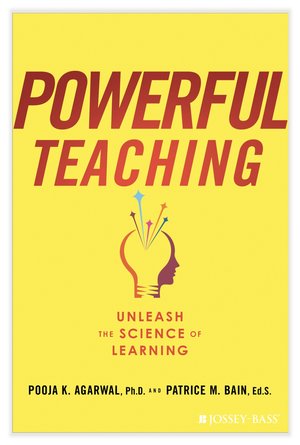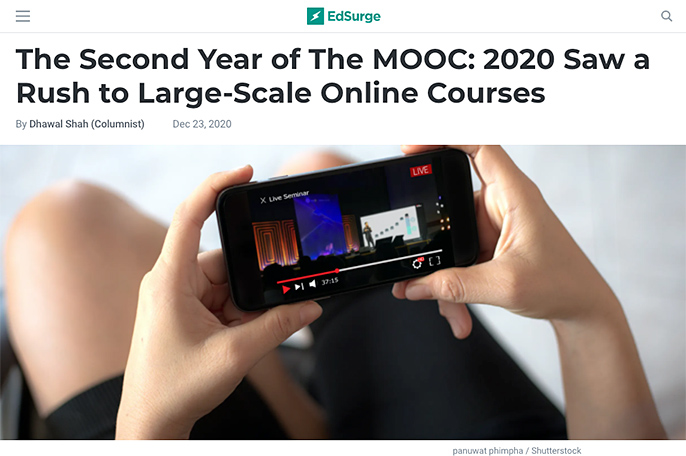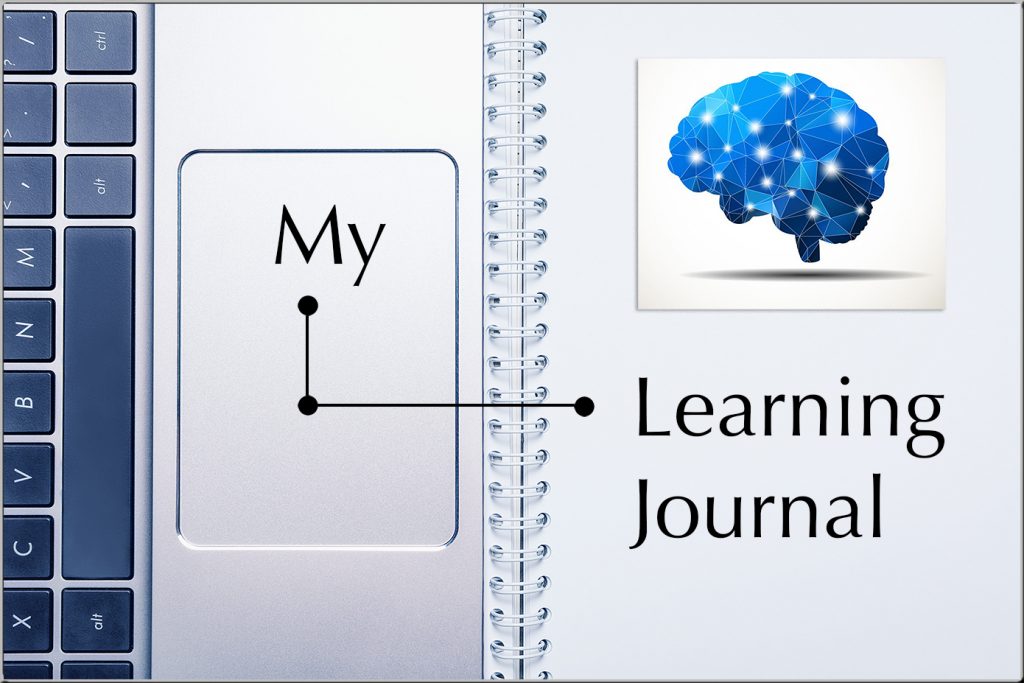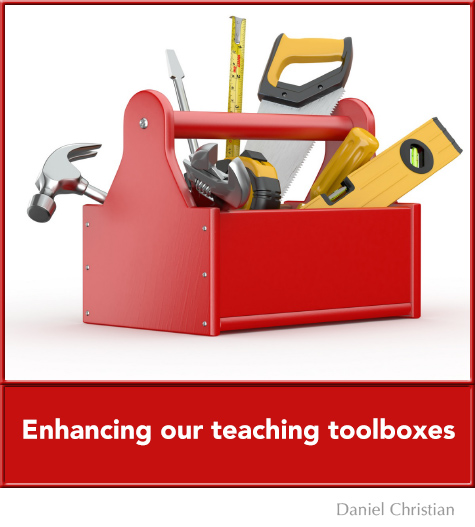EdSurge Reflects On a Year of Pandemic-Era Education Journalism — from edsurge.com by Jeffrey Young, Rebecca Koenig and Tony Wan
Excerpts:
[Wan] It has never been a better time to be in education. It has also never been a worse time to be in education.
Which is it for you?
The answer depends on where you are in this ecosystem.
[Koenig] If I didn’t know before, I do now: Education is not merely the transmission of knowledge. It is experiences shared and relationships nurtured among people who have not only brains, but also bodies and spirits. Lungs vulnerable to viruses and eyes to screen fatigue. Hearts susceptible to fear and grief and doubt and loneliness.
[Young] There will probably be lessons from all the forced experimentation. But during 2020, there was little time for reflection, only a push to turn in something that looked as much like a college experience as possible.










![The Year TV Leaped Into The Future [Roettgers]](http://danielschristian.com/learning-ecosystems/wp-content/uploads/2020/12/BigTrendsStreaming-2020-Janko-Roettgers.jpg)




